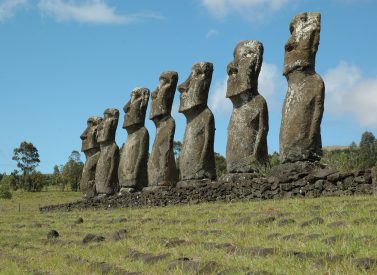Chile and Easter Island Theories
 by Tom Shearman on 6th July, 2023
by Tom Shearman on 6th July, 2023
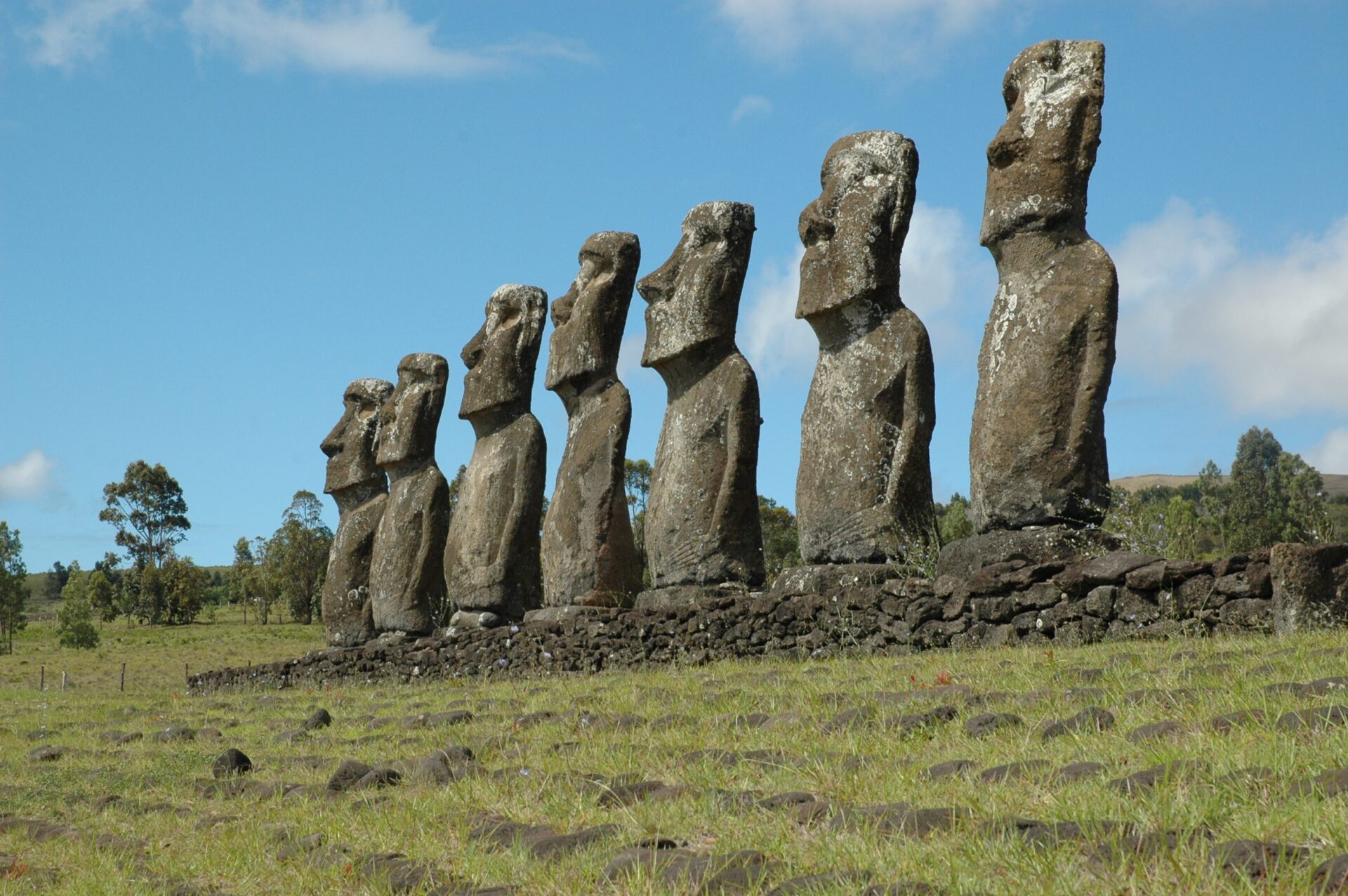
Debunking the Myths: Easter Island Theories Explained
Rapa Nui’s giant and ancient moai statues have stumped academics and archaeologists for centuries, sparking myriad Easter Island theories.
Aliens, rats, and human greed have all been credited with the dramatic collapse in Easter Island’s population and abandoned statues that scatter the land.
This triangular island, 14 miles (23 km) long by 7 miles (11 km), has more than 1,000 moai statues, enormous heads sculpted from the island’s volcanic stone. Some are 10 metres tall and weigh up to 80 tonnes. Following the oral traditions of the indigenous language, the moais “walked” to where they settled.
Recently, buried torsos have come to life, propagating the myths about how local artisans could build, move, and place such mammoth megalithic sculptures. There are no blueprints left behind that modern science has managed to decipher.
The truth is that while we are getting closer to understanding the island that inhabitants call Rapa Nui, the mysteries of the moais and why the people disappeared remain.
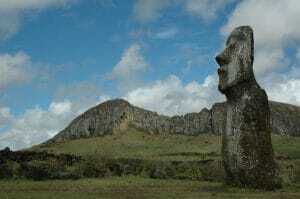
A Brief History of Easter Island
The remote island lies some 1,000 miles east of Polynesia and 1,400 miles west of South America. People first arrived from Polynesia between 600 and 800 A.D.
Europeans became aware of the islands on Easter Sunday, 1722 when Dutch admiral Jacob Roggeveen spotted it. The date gave the island the name many people still use. Roggeveen described finding people of mixed physical types, including white men with slit earlobes, worshipping the moais with fire.
The Spanish passed in 1770 and estimated the population to be 3,000 people following what appeared to have been a civil war. Just four years later, British navigator Captain James Cook landed and found 600-700 poverty-stricken locals and the statues abandoned.
Captain Cook wrote: “We could hardly conceive how these islanders, wholly unacquainted with any mechanical power, could raise such stupendous figures.” This probably says more about the European attitude towards the lands they colonised than anything based on reality. Over the following years, sailors and whalers continued to visit Rap Nui.
By 1860, the population was around 3,000 until Peru plundered the island for enslaved people, and a smallpox epidemic reduced numbers to 111 by 1877. Chile annexed Easter Island on September 9, 1888. Around 5,000 people now call Rapa Nui home.
Let’s explore some Easter Island moai theories.
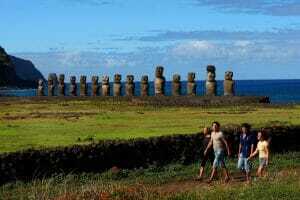
Population Collapse Theory
The most common Easter Island theory is that Rapa Nui’s population collapsed through overpopulation.
An allegorical argument for today’s world, the theory runs that life was good on Rapa Nui. The population increased, pushing up the demand for natural resources like firewood. Cleared forests became farmland. Edible birds that lived in the trees died out. There was no wood for boat building, and fishing expired.
This collapse theory postulates that the locals began fighting each other for natural resources and even resorted to cannibalism. The idea caught the imaginations of many, perhaps satisfying an outdated view of indigenous populations as savages.
Easter Island: Incomers Theory
The collapse theory depends on the idea that Easter Island once had a vast population to move the moai statues. But what if 10-30,000 people never lived on Rapa Nui?
A modern way of thinking postulates that the island had a reasonably stable 3,000-strong population that subsisted on what the island produced. The stories of people turning into cannibals were likely a part of Christian missionaries telling stories to peddle their moralities as superior.
The blame game helped missionaries in two ways. Europeans brought their devastating diseases, penchant for slavery, and fighting. The collapse theory could be more of a provoked collapse from incomers.
Did Aliens Visit Easter Island?
One area for agreement is that the moai statues aren’t the work of aliens.
The statues’ impressive sizes may make it tempting to believe other-worldly powers created them instead of a remote island community. Disappointingly for alien fans, the extra-terrestrials didn’t bring any new materials to display their technological capabilities.
Instead, the moais came from a quarry from an extinct volcano called Rano Raraku on the northeastern side of Rapa Nui. Hundreds of unfinished moai remain there. Logs and ropes were the most likely system of transport across the island.
Some believe humans didn’t have the intelligence or tools to create many ancient natural wonders, including the Giza pyramids, Stonehenge, and the moais of Easter Island.
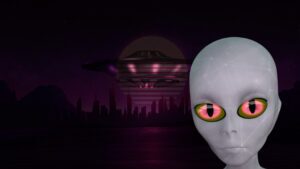
Easter Island Theories: Rats
Both Polynesian rats and those brought on ships by Europeans lived on Easter Island alongside humans. They took their share of resources, from palm tree nuts to other seeds. It’s unlikely that the rat population precipitated any human population collapse; human interference is more probable.
Class Warfare on Rapa Nui
According to another theory, working-class quarry workers attempted to overthrow the ruling classes some 600 years ago. The revolt left many finished moais abandoned in the quarry.
However, some research by the Journal of Archaeological Science states the statues were left in the quarry for religious purposes between 400-600 years ago.
The workers’ revolution is another one to drop in the unlikely box.
Long Ears vs. Short Ears
Skeletal studies have shown that Easter Island was home to both long-eared and short-eared people, something also observed by Captain James Cook.
The idea is there was a war between the long-eared and short-eared tribes in the 17th century, before the arrival of Europeans. The story goes that long-eared people, the first to inhabit Easter Island, dug a ditch and filled it with wood intending to trap and burn the short-eared people within.
A long-eared man tells his short-eared wife of the plan. Horrified, she tells her people. In a dramatic twist, the short-eared folks chase their long-eared rivals, including women and children, into the ditch and burn them alive. Two long-eared people escaped, one captured and killed and the other surviving. Scientific evidence relates to a different anthropological tale; still, it makes for a vibrant fable for kids.
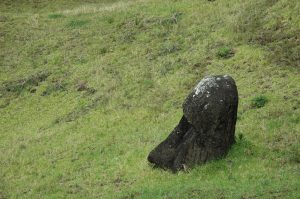
More Easter Island Moai Theories
Of course, there are many more Easter Island theories. These include the following:
- Undeciphered petroglyphs that pepper the torsos of moais could reveal their religious or symbolic importance.
- Modern tests have shown moais can travel with 18 people pulling on ropes in a shimmying walking style, like when moving your fridge.
- Red pigment found near moais may be the same as local people used to paint themselves for ceremonies.
- Human bones have been found near many moais suggesting some are burial zones.
- Moai statue faces might resemble clans or family heads.
- Easter Island has low rainfall. The sculptures are close to freshwater springs, possibly as guardians of water.
- Other moais could be protectors of natural resources across the island and for religious purposes.
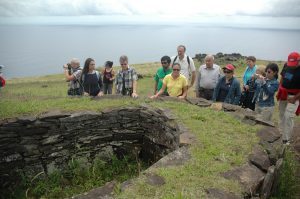
Chile and Easter Island theories
Debate continues about whether Easter Island suffered a catastrophic population collapse or whether other forces were at play. Researchers know there are substantial knowledge gaps. There is also a strong possibility that the disasters that befell Rapa Nui came because of European colonisers arriving, and the widespread myths are to cover their destructive behaviours.
The best way to understand Easter Island theories is to visit. Tour the island with a local guide who will share their knowledge and understanding of their moais and culture. Contact us for more.
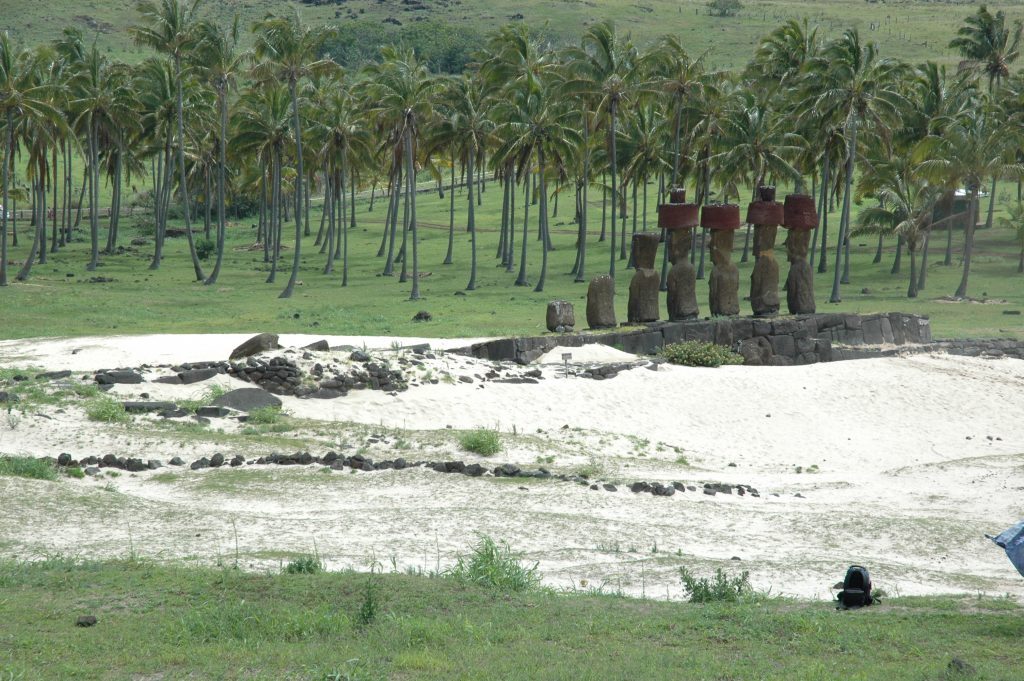
Share


 a Tailor Made Tour
a Tailor Made Tour 